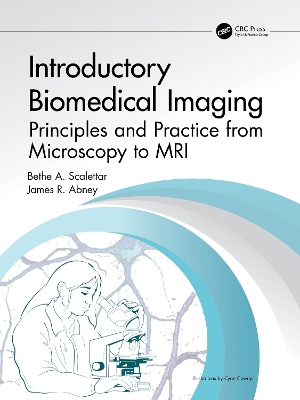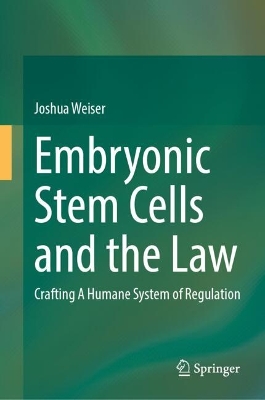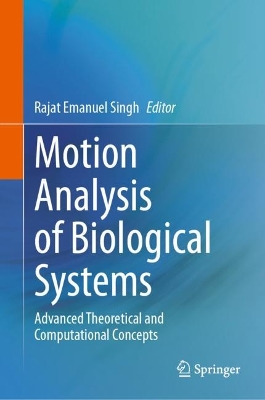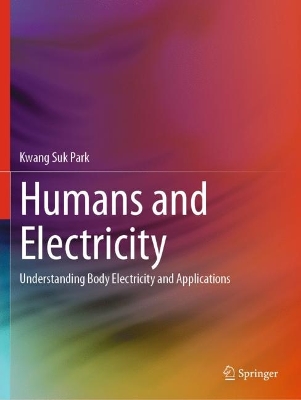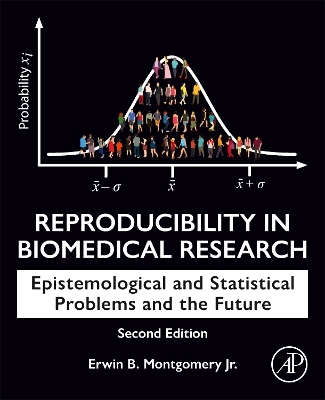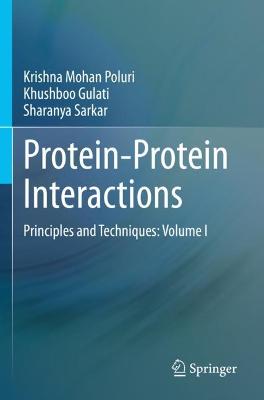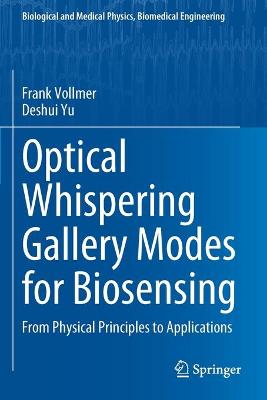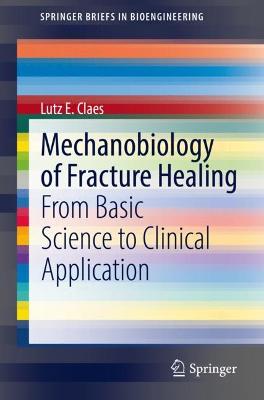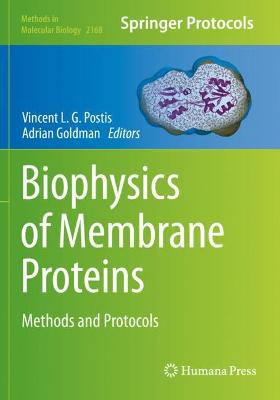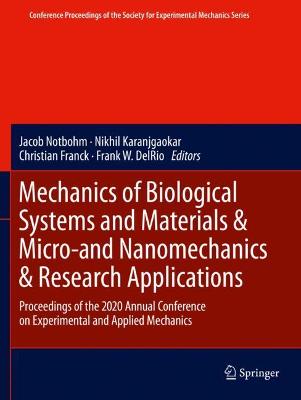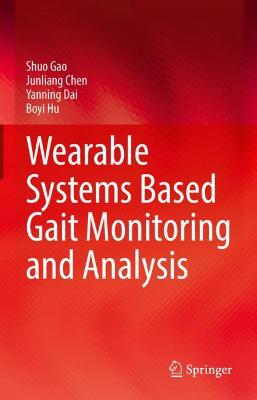Textbook on Cloning, Expression and Purification of Recombinant Proteins
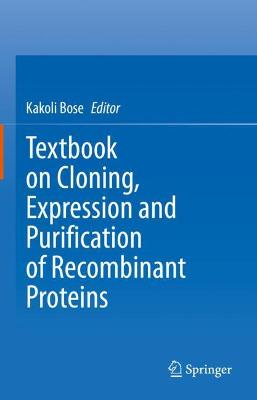 portes grátis
portes grátis
Textbook on Cloning, Expression and Purification of Recombinant Proteins
Bose, Kakoli
Springer Verlag, Singapore
01/2022
311
Dura
Inglês
9789811649868
15 a 20 dias
725
temperature, concentration of inducers).- Chapter 21. Expression in insect cells.- Chapter 22. Trouble-shooting.- Chapter 23. Problem. Module 5_Protein purification.- Chapter 24. Lysis and extraction.- Chapter 25. Checking solubility and designing purification strategies.- Chapter 26. Databases and tools to determine physico-chemical properties of protein.- Chapter 27. Salting out and salting in methods.- Chapter 28. Dealing with proteins in inclusion bodies.- Chapter 29. Choice of buffer and dialysis.- Chapter 30. Overview of chromatography.- Chapter 31. Choice of chromatographic techniques with specific examples.- Chapter 32. Trouble-shooting.- Chapter 33. Problems.- Module 6_Affinity chromatography.- Chapter 34. Overview.- Chapter 35. His6.- Chapter 36. Cobalt.- Chapter 37. Streptavidin.- Chapter 38. MBP.- Chapter 39. GST.- Chapter 40. Trouble-shooting.- Chapter 41. Problems.- Module 7_Ion exchange chromatography.- Chapter 42. Overview.- Chapter 43. Cation exchange.- Chapter 44. Anion exchange.- Chapter 45. Choice of different combination of chromatographic techniques with examples.- Chapter 46. Trouble-shooting.- Chapter 47. Problems.- Module 8_Gel filtration chromatography.- Chapter 48. Overview.- Chapter 49. Different columns.- Chapter 50. HPLC.- Chapter 51. FPLC.- Chapter 52. Trouble-shooting.- Chapter 53. Problems.- Module 9_Purification of difficult proteins.- Chapter 54. Insoluble protein purification.- Chapter 55. Toxic protein purification.- Chapter 56. Membrane protein purification.- Chapter 57. Trouble-shooting.- Chapter 58. Problems .- Module 10_Quantitation and characterization.- Chapter 59. Need for protein quantitation.- Chapter 60. Different methods (Bicinchoninic Acid (BCA), Bradford, Folin-Lowry, Kjeldahl, UV absorption).- Chapter 61. Calculation of protein concentration.- Chapter 62. Purity calculation.- Chapter 63. Trouble-shooting.- Chapter 64. Problems. Module 11_Characterizing recombinant proteins.- Chapter 65. Secondary structure (CD).- Chapter 66. Tertiary structure (CD, fluorescence).- Chapter 67. Functional studies (protease, kinase, phosphatase etc).- Chapter 68. Preliminary Biochemical assays.- Chapter 69. Trouble-shooting.- Chapter 70. Problems.
temperature, concentration of inducers).- Chapter 21. Expression in insect cells.- Chapter 22. Trouble-shooting.- Chapter 23. Problem. Module 5_Protein purification.- Chapter 24. Lysis and extraction.- Chapter 25. Checking solubility and designing purification strategies.- Chapter 26. Databases and tools to determine physico-chemical properties of protein.- Chapter 27. Salting out and salting in methods.- Chapter 28. Dealing with proteins in inclusion bodies.- Chapter 29. Choice of buffer and dialysis.- Chapter 30. Overview of chromatography.- Chapter 31. Choice of chromatographic techniques with specific examples.- Chapter 32. Trouble-shooting.- Chapter 33. Problems.- Module 6_Affinity chromatography.- Chapter 34. Overview.- Chapter 35. His6.- Chapter 36. Cobalt.- Chapter 37. Streptavidin.- Chapter 38. MBP.- Chapter 39. GST.- Chapter 40. Trouble-shooting.- Chapter 41. Problems.- Module 7_Ion exchange chromatography.- Chapter 42. Overview.- Chapter 43. Cation exchange.- Chapter 44. Anion exchange.- Chapter 45. Choice of different combination of chromatographic techniques with examples.- Chapter 46. Trouble-shooting.- Chapter 47. Problems.- Module 8_Gel filtration chromatography.- Chapter 48. Overview.- Chapter 49. Different columns.- Chapter 50. HPLC.- Chapter 51. FPLC.- Chapter 52. Trouble-shooting.- Chapter 53. Problems.- Module 9_Purification of difficult proteins.- Chapter 54. Insoluble protein purification.- Chapter 55. Toxic protein purification.- Chapter 56. Membrane protein purification.- Chapter 57. Trouble-shooting.- Chapter 58. Problems .- Module 10_Quantitation and characterization.- Chapter 59. Need for protein quantitation.- Chapter 60. Different methods (Bicinchoninic Acid (BCA), Bradford, Folin-Lowry, Kjeldahl, UV absorption).- Chapter 61. Calculation of protein concentration.- Chapter 62. Purity calculation.- Chapter 63. Trouble-shooting.- Chapter 64. Problems. Module 11_Characterizing recombinant proteins.- Chapter 65. Secondary structure (CD).- Chapter 66. Tertiary structure (CD, fluorescence).- Chapter 67. Functional studies (protease, kinase, phosphatase etc).- Chapter 68. Preliminary Biochemical assays.- Chapter 69. Trouble-shooting.- Chapter 70. Problems.

